Paths and Rows for My Garden
riverfarm
10 years ago
Related Stories
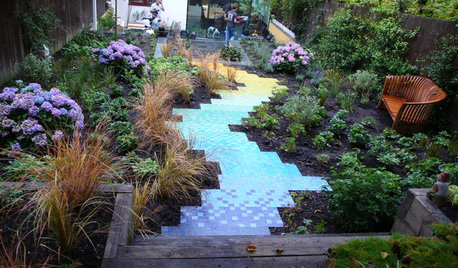
LANDSCAPE DESIGN24 Garden Paths to Inspire Memorable Journeys
Winding or straight, narrow or wide, densely or sparsely planted — there’s more than one way to design a walk
Full Story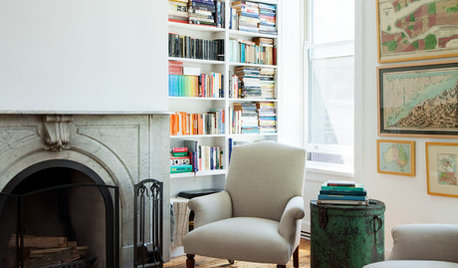
HOUZZ TOURSHouzz Tour: Loving the Old and New in an 1880s Brooklyn Row House
More natural light and a newly open plan set off furnishings thoughtfully culled from the past
Full Story
SPRING GARDENINGInspiring Raised Beds for Fall and Spring Planting
Make Your Next Vegetable Garden Even Better with Beautiful Boxes and Paths
Full Story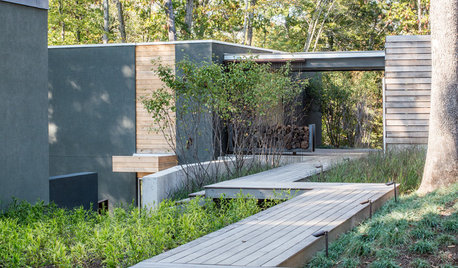
PATHSCreate Garden Mystery With a Zigzag Path
Foster intrigue by setting garden paths at angles ‘yatsuhashi’-style
Full Story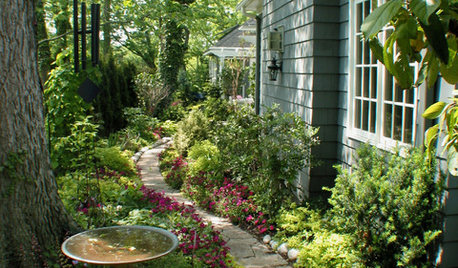
GARDENING AND LANDSCAPINGMagical Garden Paths
Get inspired by thousands of photos of garden path and walkway designs
Full Story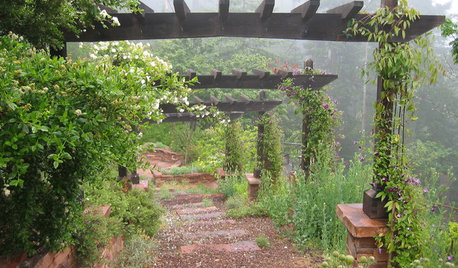
LANDSCAPE DESIGN3 Essential Elements of an Artful Garden Path
Make getting there half the fun with this insight from a landscape architect on designing a thoughtful path
Full Story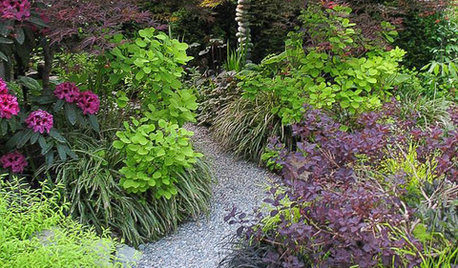
LANDSCAPE DESIGN5 Garden Path Looks for an Enchanting Journey
Take your pathway from predictable to exceptional, for a truly moving garden experience
Full Story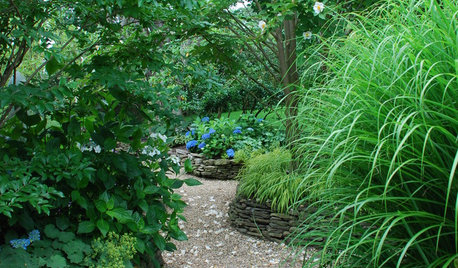
LANDSCAPE DESIGN15 Ideas for a Stunning Garden Path
Let your imagination roam as you consider the many types of walkways possible in your garden
Full Story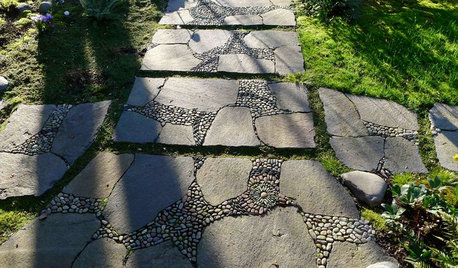
LANDSCAPE DESIGNHow to Design Garden Paths That Bring a Landscape to Life
We guide you through material and placement choices that will take your pathways from ordinary to extraordinary
Full Story





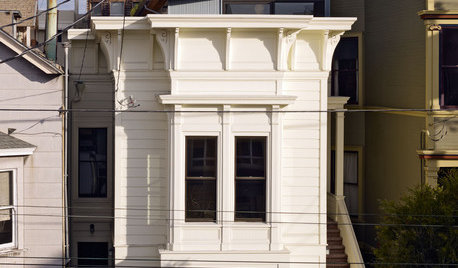


john9001
riverfarmOriginal Author
Related Professionals
Accokeek Landscape Architects & Landscape Designers · Deer Park Landscape Architects & Landscape Designers · Newcastle Landscape Architects & Landscape Designers · Arlington Landscape Contractors · Mooresville Landscape Contractors · Brunswick Landscape Contractors · Canby Landscape Contractors · Cicero Landscape Contractors · Estelle Landscape Contractors · Golden Landscape Contractors · Wareham Landscape Contractors · Draper Decks, Patios & Outdoor Enclosures · Jeffersonville Decks, Patios & Outdoor Enclosures · New York City Decks, Patios & Outdoor Enclosures · Randolph Decks, Patios & Outdoor EnclosuresKimmsr
riverfarmOriginal Author
emmers_m
riverfarmOriginal Author
david52 Zone 6
riverfarmOriginal Author
little_minnie
riverfarmOriginal Author
emmers_m
riverfarmOriginal Author
emmers_m
riverfarmOriginal Author
sleevendog (5a NY 6aNYC NL CA)
elisa_z5
riverfarmOriginal Author
sleevendog (5a NY 6aNYC NL CA)
riverfarmOriginal Author
sleevendog (5a NY 6aNYC NL CA)
riverfarmOriginal Author
sleevendog (5a NY 6aNYC NL CA)
riverfarmOriginal Author